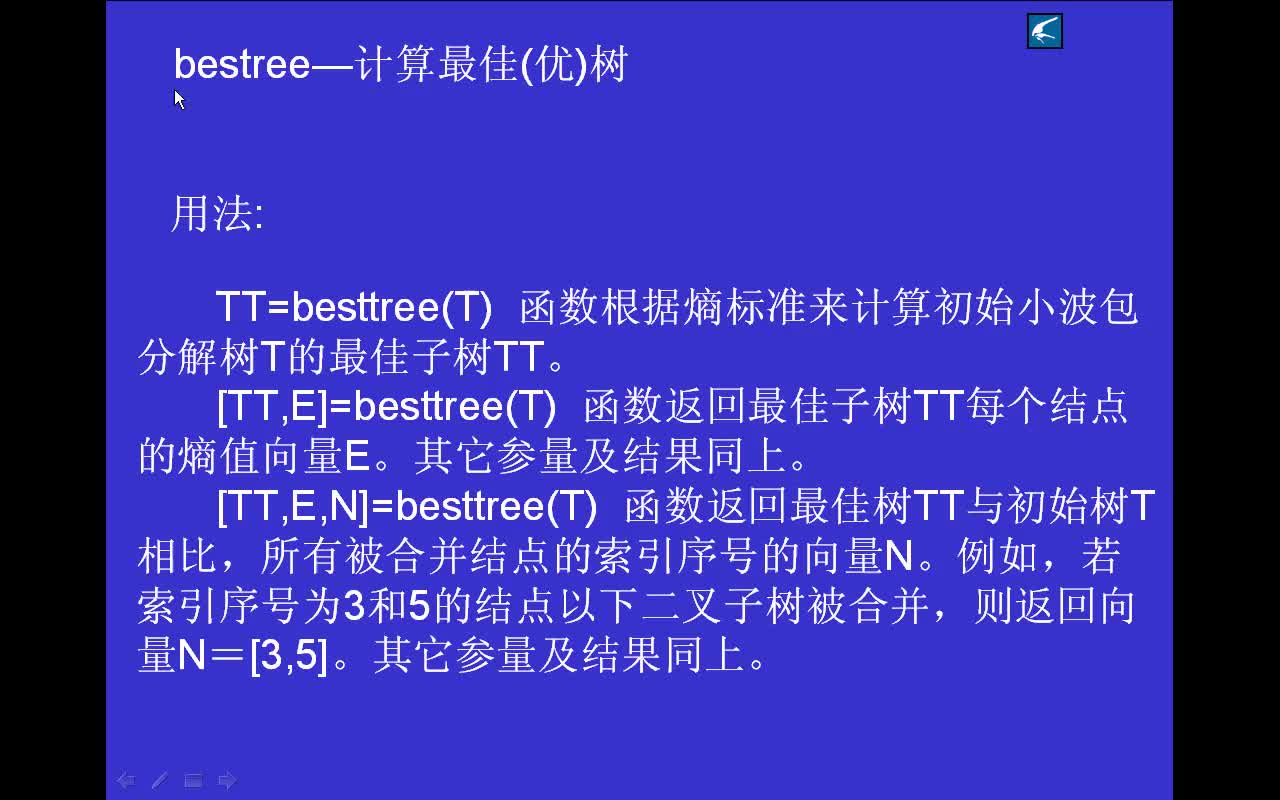概況:
灰度變換通過對原圖像素值重新分配實現, 目的是使圖像中表現較暗的像素值, 通過灰度變換函數映射的方法使較暗的像素值增大, 這樣圖像的亮度就提高了。增強處理并不能使原始圖像信息增加, 其結果只能增強對某種信息的辨別能力, 而這種處理有可能損失一些其他信息。但是, 只要提高了圖像的視覺特性, 增強圖像的目的就達到了。
幾個概念
1、灰度:對于通常所謂的黑白圖像,把黑色和白色之間按對數關系分為若干等級稱為灰度。灰度分為256階,用灰度表示的圖像稱作灰度圖.在圖像中用0~255表示,0是全黑,255是全白
2、對比度:對比度值一幅圖像中敏感區域最亮的白和最暗的黑之間的不同亮度層級的測量,差異范圍越大代表對比月大。好的對比率120:1就可以容易的顯式生動、豐富的色彩,當對比率達到300:1時便可以支持各階的顏色。
(1)線性變換:
通過建立灰度映射來調整源圖像的灰度。
k>1增強圖像的對比度;k=1調節圖像亮度,通過改變d值達到調節亮度目的;0
i = imread('theatre.jpg');
i = im2double(rgb2gray(i));
[m,n]=size(i);
%增加對比度
Fa = 1.25; Fb = 0;
O = Fa.*i + Fb/255;
figure(1), subplot(221), imshow(O);
title('Fa = 1.25, Fb = 0, contrast increasing');
figure(2),subplot(221), [H,x]=imhist(O, 64);
stem(x, (H/m/n), '.');
title('Fa = 1.25, Fb = 0, contrast increasing');
%減小對比度
Fa =0.5; Fb = 0;
O = Fa.*i + Fb/255;
figure(1), subplot(222),imshow(O);
title('Fa = 0.5, Fb = 0, contrast decreasing');
figure(2), subplot(222), [H,x] = imhist(O, 64);
stem(x, (H/m/n), '.');
title('Fa = 0.5, Fb = 0, contrast decreasing');
%線性亮度增加
Fa = 0.5; Fb = 50;
O = Fa.*i + Fb/255;
figure(1), subplot(223), imshow(O);
title('Fa = 0.5, Fb = 50, brightness control');
figure(2), subplot(223), [H,x]=imhist(O,64);
stem(x, (H/m/n), '.');
title('Fa = 0.5, Fb = 50, brightness control');
%反相顯示
Fa = -1; Fb = 255;
O = Fa.*i + Fb/255;
figure(1), subplot(224), imshow(O);
title('Fa = -1, Fb = 255, reversal processing');
figure(2), subplot(224),[H,x]=imhist(O, 64);
stem(x, (H/m/n), '.');
title('Fa = -1, Fb = 255, reversal processing');
(2)對數變換:
增強低灰度,減弱高灰度值。
i = imread('theatre.jpg');
i = rgb2gray(i);
i = double(i);
out1 = log(1+i)/0.065;
out2 = log(1+i)/0.035;
out1(find(out1>255)) = 255;
out2(find(out2>255)) = 255;
out1 = uint8(out1);
out2 = uint8(out2);
(3)冪次變換:
次數小于1時,增強低灰度,減弱高灰度;次數大于1時增強高灰度,減弱低灰度。
i = rgb2gray(imread('theatre.jpg'));
i = double(i);
y1 = 255*(i/255).^2.5;
y2 = 255*(i/255).^0.4;
y1 = uint8(y1);
y2 = uint8(y2);
 電子發燒友App
電子發燒友App

















































評論